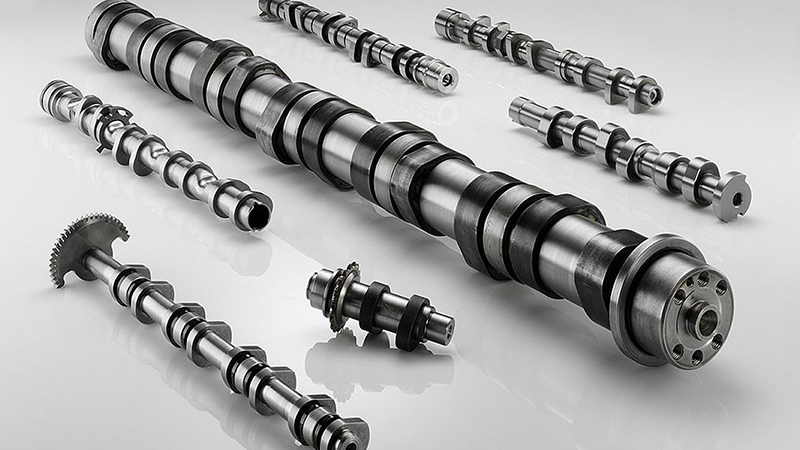When it comes to the performance and efficiency of your vehicle’s engine, one component plays a crucial role in the background: the camshaft. Whether you’re driving a cutting-edge Kia EV5 FWD or a versatile Kia Sportage HEV, the camshaft is quietly working to ensure that your engine breathes and performs properly.
In this blog, we’ll explore the camshaft function, how it compares to the crankshaft, and everything else you need to know about this essential engine component.
What Is a Camshaft?
The camshaft is a long, cylindrical rod found in internal combustion engines. It rotates to operate intake and exhaust valves in precise timing with the movement of the pistons. This mechanical process allows the engine to “breathe” — pulling in air and fuel, then expelling exhaust gases.
Camshafts can be found in various models, including the Kia Sportage Alpha, Sportage FWD, and Kia Carnival Executive.
What Does a Camshaft Do?
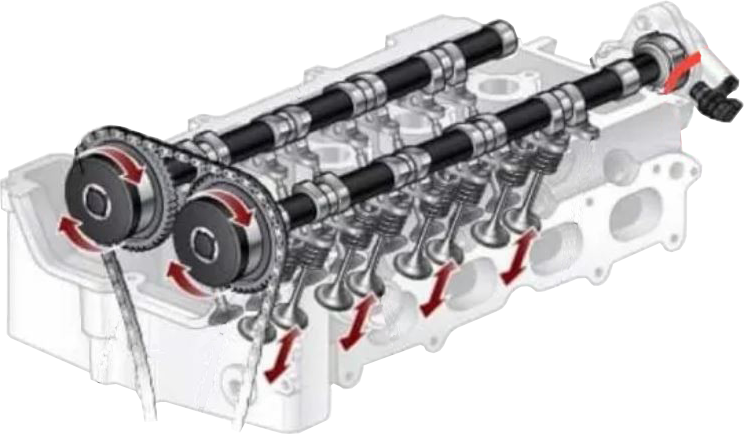 In simple terms, the camshaft’s job is to:
In simple terms, the camshaft’s job is to:
-
Open the intake valves at the right time to allow the fuel-air mixture into the combustion chamber.
-
Close the intake valves and open the exhaust valves after combustion, allowing gases to exit.
-
This timing is regulated by the camshaft’s rotation and the shape of its lobes.
This seemingly simple movement affects engine performance, fuel efficiency, and emissions, making it vital to modern vehicles like the Kia Stonic EX Plus.
Camshaft vs Crankshaft: What’s the Difference?
Many people confuse the camshaft with the crankshaft, but their functions are very different.
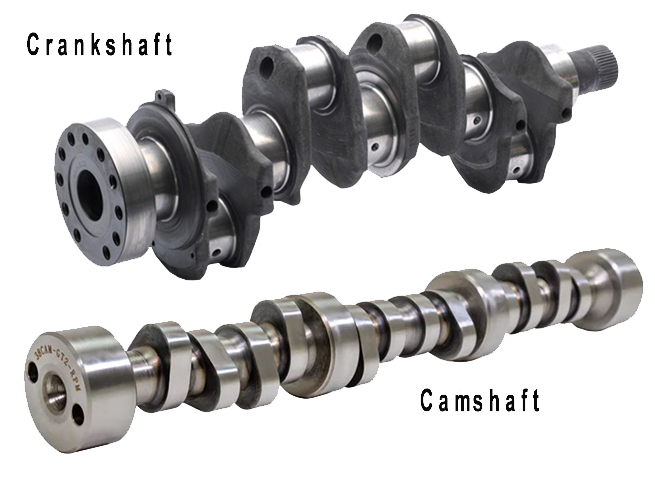
| Feature | Camshaft | Crankshaft |
|---|---|---|
| Function | Controls valve timing | Converts piston motion into rotational power |
| Location | Cylinder head (usually) | Bottom of the engine block |
| Connected To | Valvetrain | Pistons and flywheel |
| Movement | Spins at half the speed of the crankshaft | Spins as the engine pistons move |
Together, they synchronize the engine’s cycle, but they serve unique purposes.
Camshaft Sensor and Position
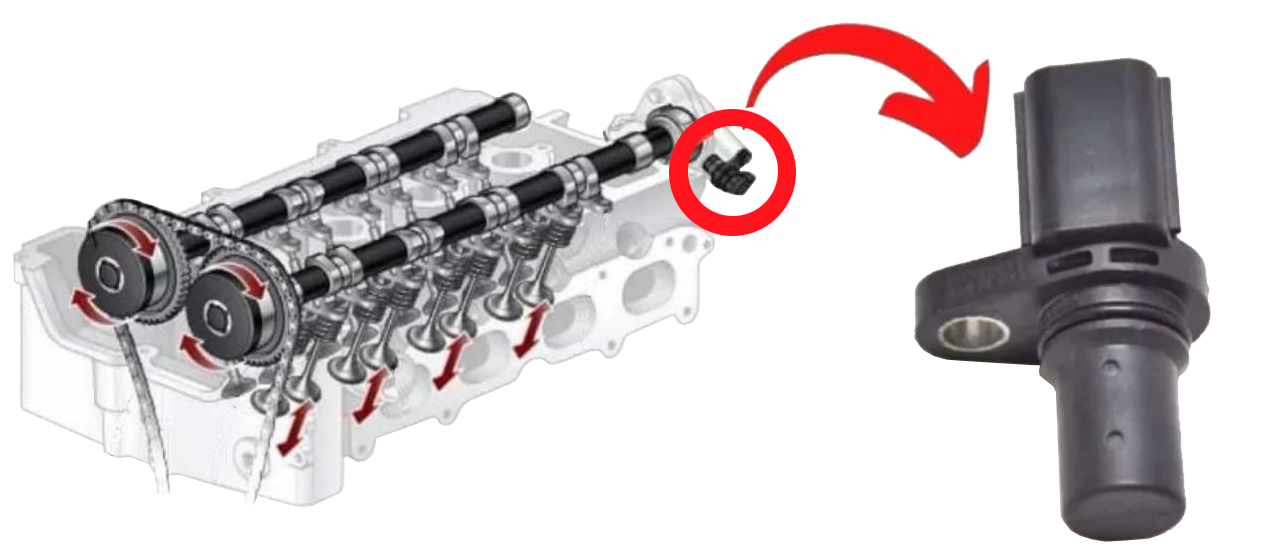 Modern vehicles like the Kia Sportage L rely on a camshaft sensor. This sensor monitors the camshaft position and sends data to the engine control unit (ECU), helping control fuel injection and ignition timing.
Modern vehicles like the Kia Sportage L rely on a camshaft sensor. This sensor monitors the camshaft position and sends data to the engine control unit (ECU), helping control fuel injection and ignition timing.
If your car’s engine performance feels off, a failing camshaft sensor might be to blame.
Camshaft Bearing and Longevity
 Camshafts rotate inside camshaft bearings, which help reduce friction and wear. Proper lubrication and undercoating car protection services can significantly extend their lifespan.
Camshafts rotate inside camshaft bearings, which help reduce friction and wear. Proper lubrication and undercoating car protection services can significantly extend their lifespan.
For long-term protection, consider 3M glass coating protection services to prevent environmental wear on your vehicle.
Signs of a Bad Camshaft
A failing camshaft can cause several problems:
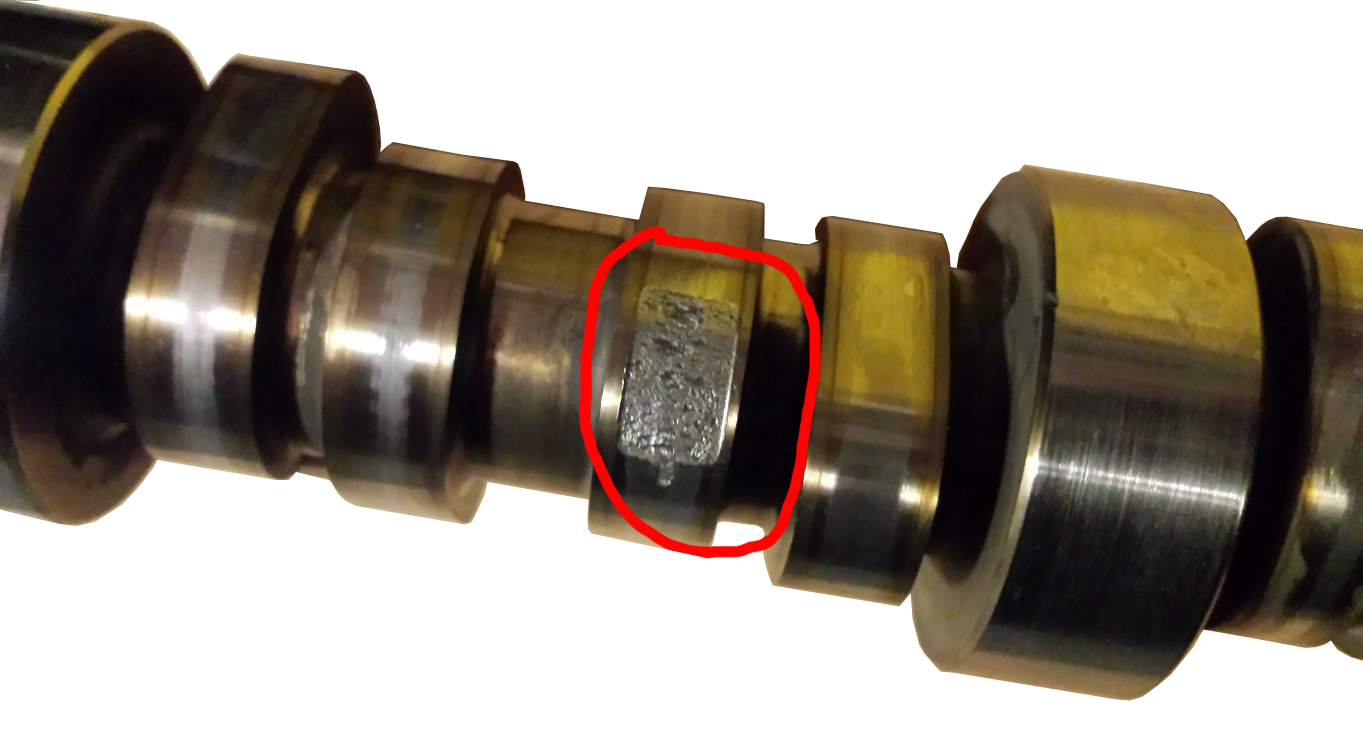
-
Engine misfiring
-
Ticking or tapping noises
-
Check engine light
-
Poor fuel efficiency
-
Trouble starting the car
When facing these issues, consider booking a service appointment online or sending an online inquiry for expert advice.
FAQs About Camshaft
What is the function of a camshaft?
It controls the opening and closing of engine valves, essential for air-fuel intake and exhaust outflow.
What does a camshaft system do?
It synchronizes valve operation with piston movement, directly affecting engine power and efficiency.
How do I know if my camshaft is bad?
You may hear strange noises, experience misfires, or see a check engine light.
Is a camshaft a crankshaft?
No. A camshaft controls valves; a crankshaft converts piston motion into rotational force.
What is called the camshaft?
It is a shaft with precisely shaped lobes that operate the intake and exhaust valves.
Why is the camshaft used?
To ensure valves open and close at the right times for optimal combustion.
What is the purpose of a camshaft?
It controls the timing and operation of the valvetrain in an internal combustion engine.
What controls the camshaft?
It is usually driven by the crankshaft through a timing belt, chain, or gears.
Where is the engine camshaft?
Typically, in the cylinder head (overhead cam) or engine block (in older engines).
What is a camshaft job?
It involves repairing or replacing the camshaft or its related components.
Can a camshaft be repaired?
Yes, depending on the damage. Minor wear can be resurfaced; severe damage may need replacement.
How long do camshafts last?
With proper maintenance, camshafts can last the lifetime of the engine.
What causes camshaft failure?
Lack of lubrication, wear, or manufacturing defects.
Can I drive with a bad camshaft?
It’s not advisable. It may lead to engine failure or unsafe driving conditions.
Final Thoughts
The camshaft is a critical component that ensures your vehicle’s engine runs smoothly. Whether you’re exploring the latest Kia price list or booking your next service appointment, understanding how your engine camshaft works can help you better care for your car.
If you’re considering a new vehicle with efficient engine performance, check out the Kia EV5 FWD or the hybrid-ready Kia Sportage HEV — both engineered with precision, including components like the camshaft, for a smooth and reliable ride.

